Louis Pasteur was a French scientist who made significant contributions to medicine, chemistry, and microbiology. He was born on December 27, 1822, and passed away on September 28, 1895. Pasteur’s discoveries helped create vaccines for serious diseases like rabies and anthrax, which saved countless lives.
Pasteur’s work in chemistry led to a better understanding of how diseases are caused and prevented. This knowledge formed the basis for modern hygiene practices and public health policies. His research also laid the groundwork for many medical advancements, making him one of the most influential scientists of his time.
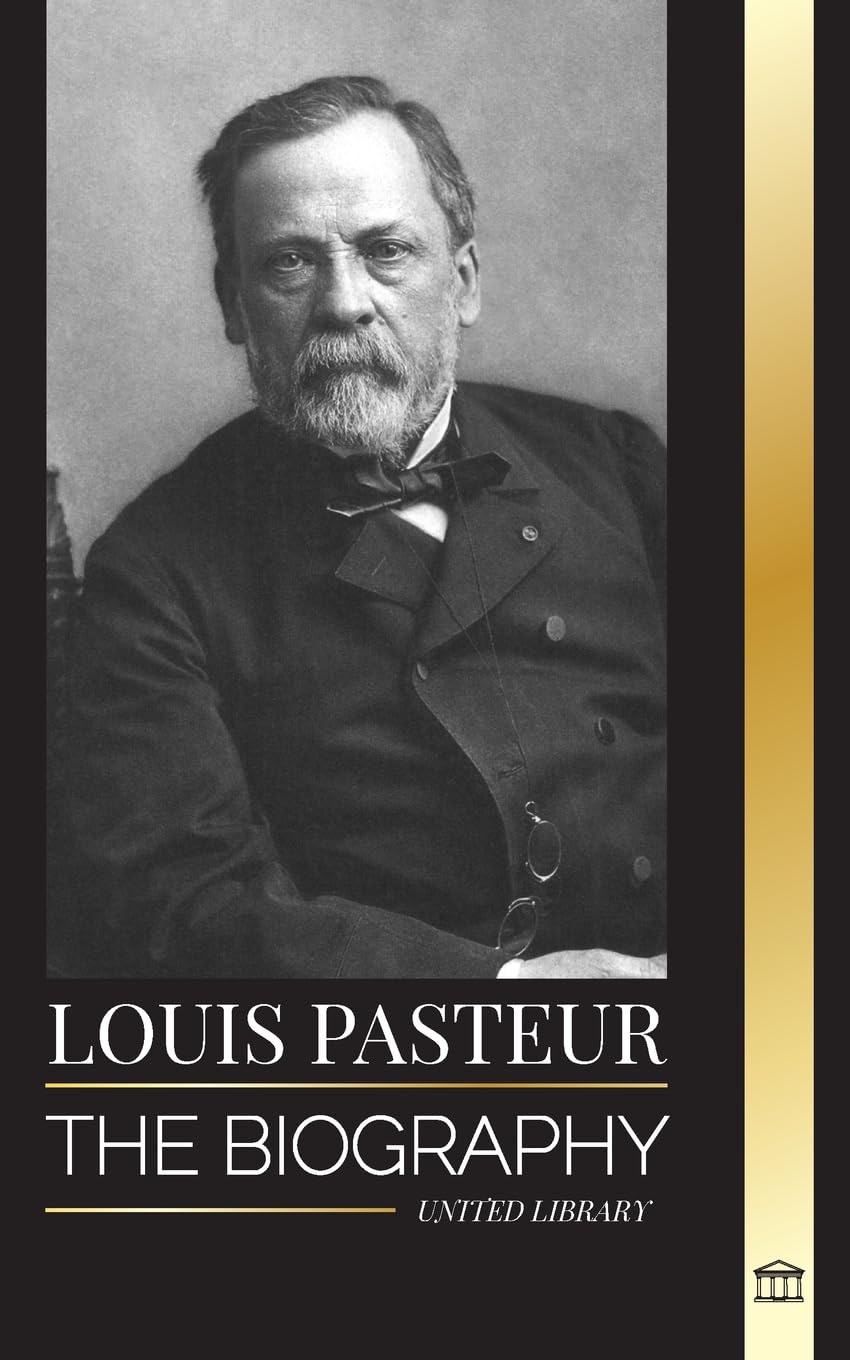
Pasteur is often credited with developing vaccines that have saved millions of people worldwide. He is widely recognized as a pioneer in the field of microbiology and has been referred to as its “father.”
Pasteur was the one who proved that living things can’t come from nothing. He conducted an experiment with the French Academy of Sciences to show this. In sealed containers, he found that nothing ever grew – but in open containers, tiny microorganisms could multiply. This experiment earned him a prize from the academy worth 2,500 francs in 1862.
Pasteur was also considered one of the pioneers of germ theory, which was a relatively new idea in medicine back then. His numerous experiments proved that certain diseases could be stopped by getting rid of germs, which helped to prove and apply the germ theory to medical treatments. To the general public, Pasteur is most famous for inventing a way to keep milk and wine safe from germs by heating them up, a process now known as pasteurization. In chemistry, Pasteur made important discoveries, particularly about the reasons behind the shape of certain crystals and how they can change. Early in his career, his investigation into sodium ammonium tartrate led to a new field called optical isomerism, which had a big impact on the way scientists understand molecules. This work also affected other areas like medicinal chemistry, showing how important it was to study the structure of things at a tiny scale.
He oversaw the Pasteur Institute from its founding in 1887 until his passing, and he was buried in a special vault beneath the institute. Even though Pasteur performed many important experiments, people started to question his reputation due to several controversies surrounding him. Researching his old notebook showed that he had been dishonest in order to outdo his competitors.
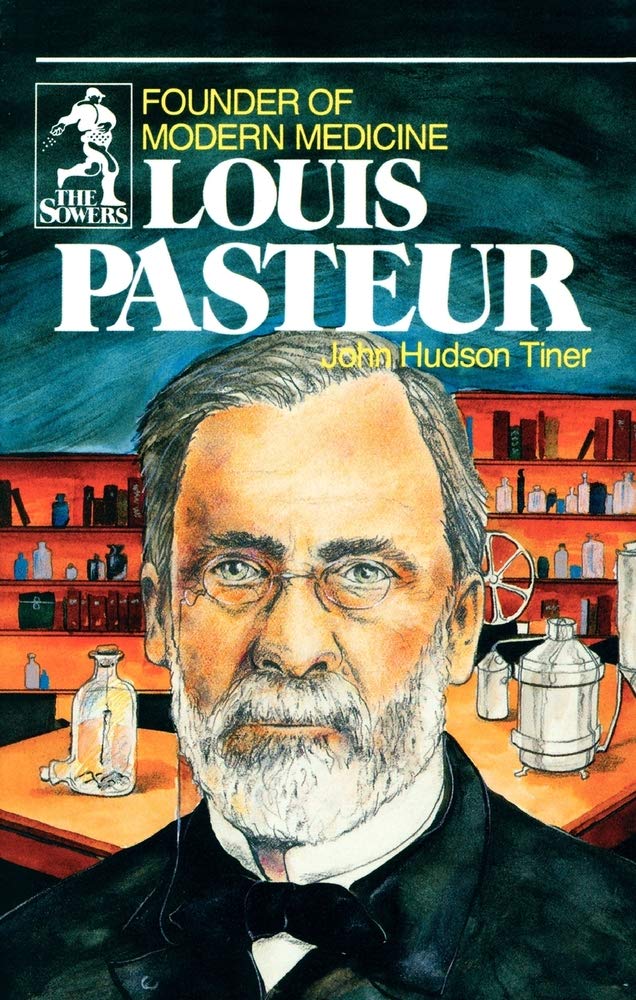
Pasteur’s early years were shaped by his family. His parents had a big impact on him. He liked to paint his family members when he was young. By drawing their portraits, Pasteur learned how to capture their features and personalities on canvas.
The house where Louis Pasteur was born is the birthplace of one of history’s most famous scientists, Dole Louis Pasteur was born on December 27, 1822, in Dole, Jura, France, to a Catholic family that struggled financially. He came from a poor tanner family, with Jean-Joseph Pasteur and Jeanne-Etiennette Roqui being his parents. The family moved to Marnoz in 1826, then to Arbois in 1827. When it was time for school, Louis started attending primary school in 1831. Interestingly, he had trouble reading and writing due to a condition called dyslexia, which also made him dysgraphic.
He wasn’t an exceptional student when he was younger, and his strengths lay elsewhere – like fishing and drawing. He drew lots of pastels and pictures of people close to him, including his family members, friends, and neighbors. Louis Pasteur attended high school at Collège d’Arbois. In October 1838, he went to Paris to attend a boarding school, but got homesick and came back home in November.
In 1839, he started attending the Collège Royal at Besançon to study philosophy and eventually earned his Bachelor of Letters degree in 1840. At the same time, he was hired as a teacher at the college while taking additional classes in science and math. Unfortunately, he didn’t do well on his first test in 1841. However, he was able to pass a science degree from Dijon in 1842, earning him a Bachelor of Science in Mathematics degree, but with only average scores in chemistry.
In 1842, Pasteur took an entrance test for the École Normale Supérieure but struggled with fatigue and felt more comfortable in subjects like physics and math. He didn’t pass the first round, so he decided to try again the following year instead of continuing. To prepare, he went back to his Parisian boarding school and also attended classes at Lycée Saint-Louis and lectures by Jean-Baptiste Dumas at the Sorbonne. In 1843, Pasteur passed the test with a high score and was accepted into the École Normale Supérieure. By 1845, he received his degree in sciences as licencié ès sciences. A year later, in 1846, he became the professor of physics at the Collège de Tournon (now known as Lycée Gabriel-Faure) in Ardèche. However, chemist Antoine Jérôme Balard wanted him back at the École Normale Supérieure for a graduate laboratory assistant role. So, Pasteur joined Balard and started his own research in crystallography simultaneously. In 1847, he submitted two thesis papers: one on chemistry and another on physics. The chemical thesis was titled “Studies on the Saturating Capacity of Arsenic Acid,” while the physics thesis focused on polarized light rotation phenomena and its application to various chemical problems. After briefly teaching at a Dijon Lycée in 1848, Pasteur became the professor of chemistry at the University of Strasbourg. In this role, he met Marie Laurent, daughter of the university’s rector, and they got married on May 29, 1849. Together, they had five children, but sadly only two survived to adulthood due to typhoid; their other three siblings died under similar circumstances.
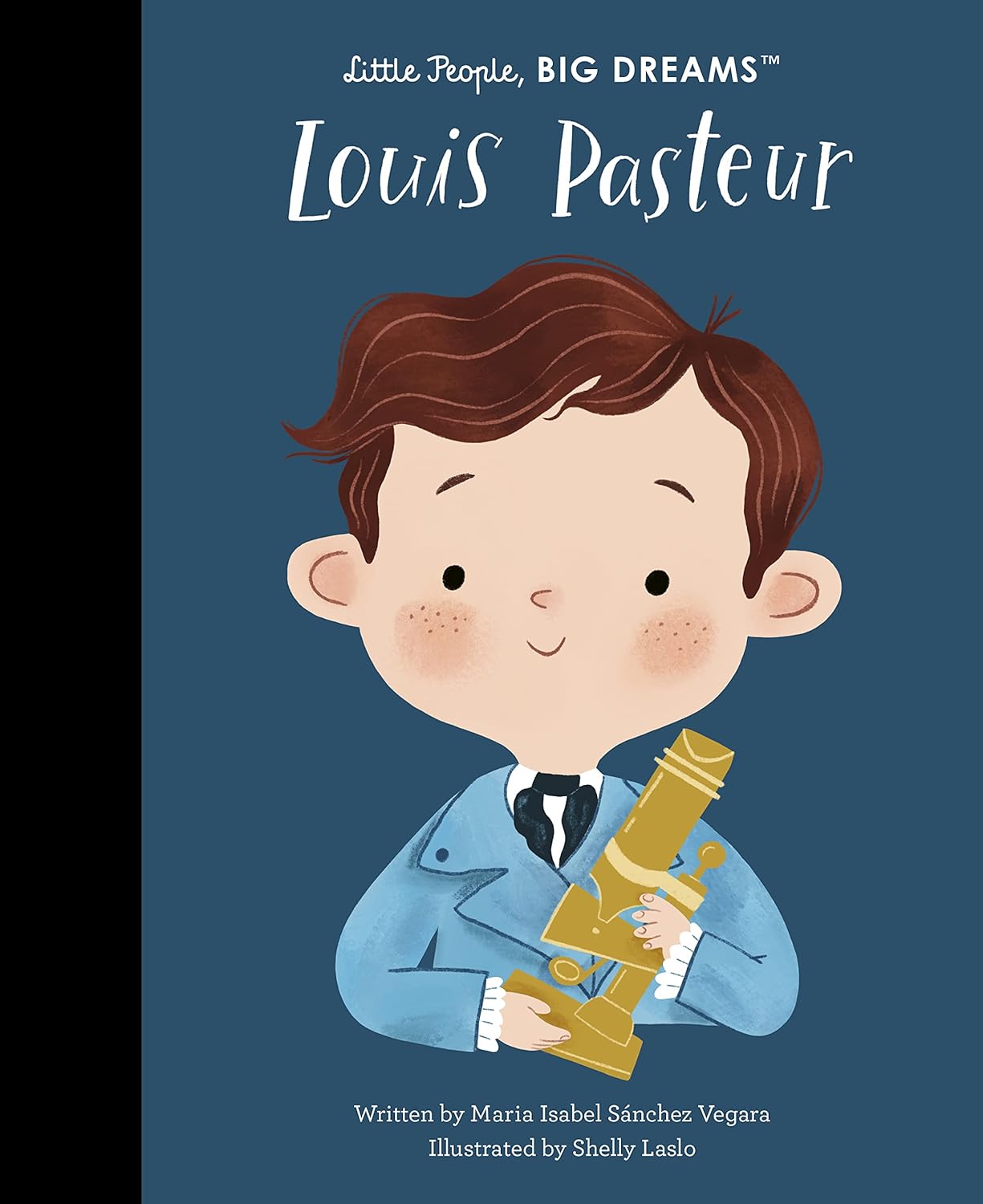
Louis Pasteur, a French scientist who specialized in biology and chemistry, got his first big job as a professor of chemistry at the University of Strasbourg in 1848. He later became the main person teaching chemistry at the university in 1852.
In February 1854, to have enough time to work towards becoming an Institute correspondent, he took three months of paid vacation with a medical certificate that allowed him some flexibility. He later extended his leave until August 1st, which coincided with the start of exams. “I’m telling the Minister that I’ll go take the exams so as not to add more stress on the service and also because I don’t want to leave someone else with a big sum of money – around 6 or 700 francs.”
In the same year, 1854, he was given a new role as the head of the science department at the University of Lille. This is where he started his research on fermentation. At this time, Pasteur made an important statement: “When you observe something, luck only helps those who are well-prepared.”
In 1857, he took on a new role in Paris as the head of scientific studies at the École Normale Supérieure. From 1858 to 1867, he made significant changes to improve the quality of work being done there. As a result, exams became stricter, which led to better grades, more intense competition, and higher respect for the school. Unfortunately, many of his decisions were quite strict and controlling, causing two major student protests. During one event, known as “the bean incident,” he required students to eat a mutton stew every Monday, even though they didn’t want to. In another situation, he threatened to kick out any student who was caught smoking, which led to 73 of the 80 students leaving school voluntarily.
In 1863, he became the teacher of science subjects at the École nationale supérieure des Beaux-Arts, where he stayed until he quit in 1867. At the same time, he took over as head of organic chemistry at the Sorbonne, but he had to leave because of health issues. In 1867, a laboratory for studying chemical reactions was set up at Pasteur’s suggestion and he ran it from then on until 1888. In Paris, he created the Pasteur Institute in 1887, where he would be in charge for the rest of his life.
Molecular asymmetry was first studied by Pasteur when he separated crystals into two groups: one group made left-shaped crystals that bent light to the left, another group made right-shaped crystals that bent light to the right. When a mixture of these two types of crystals was dissolved in solution, it created an equal effect on both sides. This meant that neither side could change the way polarized light behaved.
In his early days as a chemist at the École Normale Supérieure, Pasteur continued to study different compounds called tartrates. He examined their properties, including chemical, optical, and crystal structure aspects, in various locations such as Strasbourg and Lille.
In 1848, he solved a puzzle about how tartaric acid works. Scientists discovered that when living things make this compound, it bends light in a special way. However, they found out that when people made tartaric acid by mixing chemicals, it didn’t have this effect, even though its chemical reactions were the same and its ingredients matched exactly.
Pasteur observed that crystals of tartrate salts had flat faces. Next, he examined racemic mixtures of tartrates and found that half of the crystals were shaped in one direction (right-handed) while the other half were shaped in the opposite direction (left-handed). When dissolved in a liquid, the right-handed compound made light spin clockwise, and the left-handed compound made it spin counterclockwise. Pasteur concluded that the shape of the crystals was connected to the way molecules inside the compound twisted light, which only happens when the molecules are arranged unevenly. The (2R,3R)- and (2S,3S) tartrates were identical but couldn’t be flipped over onto each other, as if they were mirror images of a drawing. This was the first time anyone showed that molecules can have different “handedness” and also explained why some compounds are similar yet not exactly alike.
Some experts believe that Pasteur’s most important and innovative work was related to this field, and it was considered his most significant scientific breakthrough. Fermentation and germ theory of diseases
Pasteur started studying fermentation while he worked at Lille. In 1856, a local winemaker named M. Bigot approached him for help with two problems: making beetroot alcohol that wouldn’t spoil and how to stop grapes from turning sour. Pasteur began his investigation by checking the work of Theodor Schwann, who had shown earlier that yeast were living things.
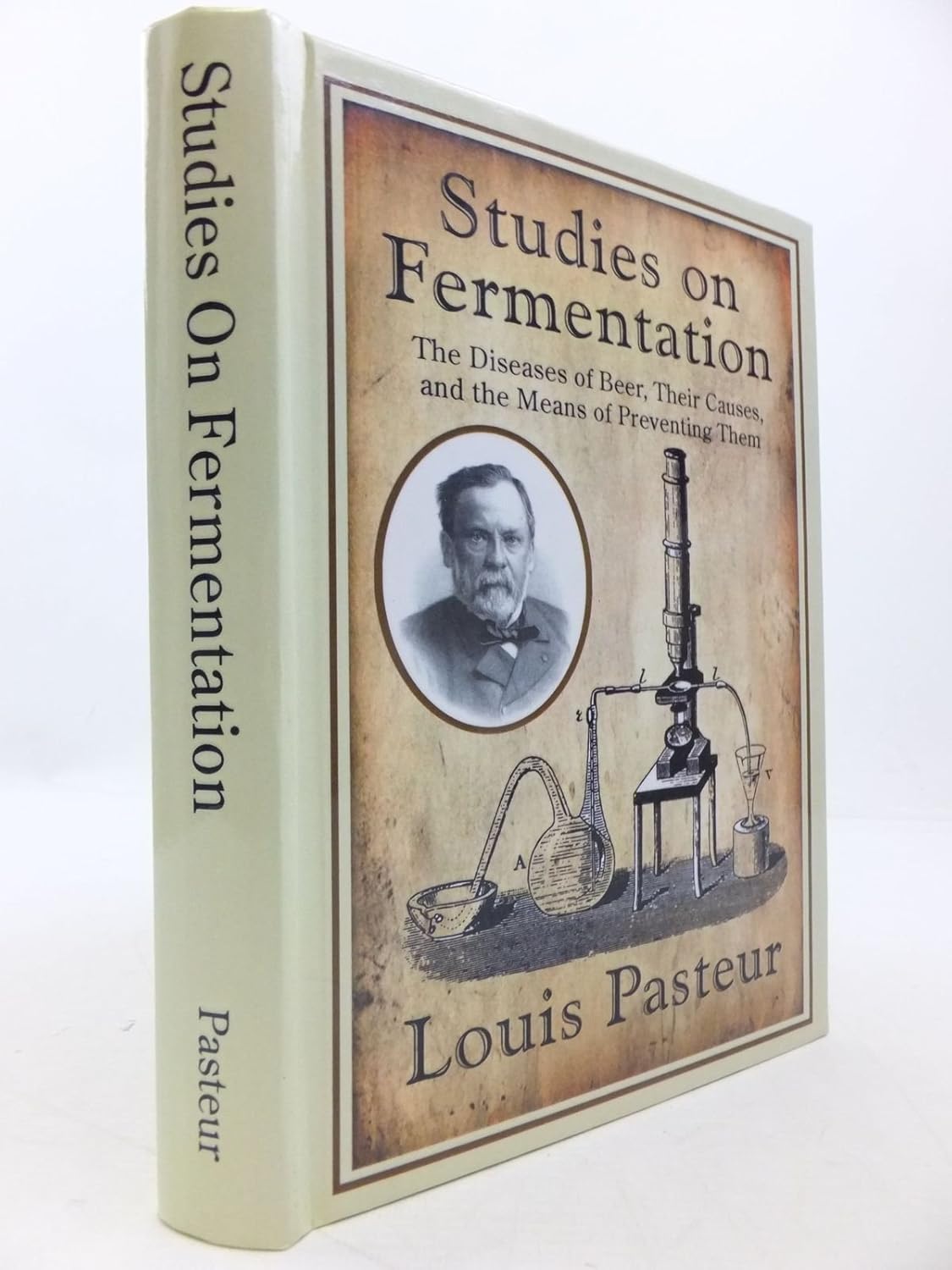
According to his son-in-law, René Vallery-Radot, in August 1857, Louis Pasteur submitted a paper about lactic acid fermentation to the Lille Society of Sciences. However, he wasn’t read for three months until then. As a result, a book was published on November 30, 1857, where Pasteur explained his ideas and said: “My goal is to show that just like there’s an alcoholic ferment in beer, which occurs whenever sugar is converted into alcohol and carbonic acid, there’s also a special yeast for lactic acid fermentation that always shows up when sugar becomes lactic acid.” In addition, Pasteur discussed the process of alcoholic fermentation, and his full paper was published in 1858. Scientists like Jöns Jacob Berzelius and Justus von Liebig had previously suggested that fermentation happens because something breaks down. However, Pasteur proved them wrong by showing that yeast is responsible for turning sugar into alcohol. He also demonstrated that when a different germ contaminates the wine, lactic acid forms, which makes the wine taste sour. In 1861, Pasteur noticed that less sugar was fermented with each part of yeast if it was exposed to air. This lower rate of fermentation became known as the Pasteur effect.
In his laboratory at Institut Pasteur de Lille, Pasteur conducted experiments that revealed how tiny germs caused foods like beer, wine, and milk to go bad. This discovery led him to develop a method for making liquids, such as milk, safe by heating them between 60°C and 100°C. Most bacteria and mold would die at these temperatures, and this was an important breakthrough. In collaboration with scientist Claude Bernard, Pasteur conducted tests on blood and urine in April 1862. Later, in 1865, Pasteur patented his process to prevent the “diseases” of wine from spreading, and it became widely known as pasteurization. This method soon applied not only to milk but also to beer, helping to make these products safer for people to consume.
Contamination from drinks led Pasteur to believe that tiny germs found inside animals and people can make us sick. He thought that if we could stop these tiny germs from getting into our bodies, it would help prevent diseases. This idea inspired Joseph Lister to create special techniques to clean wounds during surgeries, which helped save many lives.
In 1866, Pasteur wrote a study about the health problems that wine can cause. He followed this up with another study in 1876, this time focusing on the health issues related to beer.
In the early 1800s, scientist Agostino Bassi discovered that muscardine was caused by a fungus that affected silkworms. For more than 100 years, two diseases – pébrine and flacherie – had been harming many silkworms in southern France. By 1865, these diseases were causing huge losses to farmers who grew silkworms. In 1865, scientist Louis Pasteur traveled to a town called Alès and worked there for five years until 1870.
Silkworms infected with pébrine had tiny particles all over their bodies. For the first three years, Pasteur thought these particles were a sign that something was wrong. However, by 1870, he realized that the particles were actually causing the disease. Unfortunately, we now know that the real cause is a tiny parasite called microsporidian. Pasteur also discovered that pébrine was passed down from parents to their children. To stop pébrine from happening, Pasteur created a system: after the female moths laid their eggs, they were turned into a mushy mixture and examined under a microscope. If any particles were found, the eggs were destroyed. Later, Pasteur figured out that bacteria caused flacherie, but now scientists think it’s actually viruses. Flacherie can be spread accidentally or through genetics. To prevent accidental flacherie, good hygiene is important. Some moths were chosen to lay eggs because they didn’t have germs in their tummies, which stopped hereditary flacherie from happening.
In an experiment, scientists discovered how living things come into existence. A scientist named Louis Pasteur created a special container called the swan-neck bottle to test his theory about how life begins.
Louis Pasteur’s experiment with pasteurization showed that liquids spoiled because of tiny particles in the air, not because of the air itself. These tests provided strong evidence for the germ theory of disease. After conducting other experiments related to fermentation, Pasteur discovered that the skin of grapes contained yeast naturally. He found that grape juice made from under the skin or covered with sterilized cloth never fermented. When he tried to make wine in sealed containers, both methods failed.
His research and theories challenged the widely accepted idea that living things can come into existence on their own without any help from outside sources. He faced strong opposition from Félix Archimède Pouchet, who was in charge of the Rouen Museum of Natural History. To end the dispute between top scientists, the French Academy of Sciences offered a big prize to anyone who could prove or disprove the theory experimentally.
Pouchet believed that tiny particles of air everywhere could create living organisms in liquids on their own without any help from other sources. In the late 1850s, he conducted experiments and thought they proved his theory about spontaneous generation. Before Pouchet’s time, scientists like Francesco Redi and Lazzaro Spallanzani had done research that suggested spontaneous generation might not be real. One of these scientists, Lazzaro Spallanzani, performed an experiment in 1765 that showed air could contaminate broths with tiny bacteria. Later, Louis Pasteur repeated Spallanzani’s experiments in the 1860s using a different type of broth.
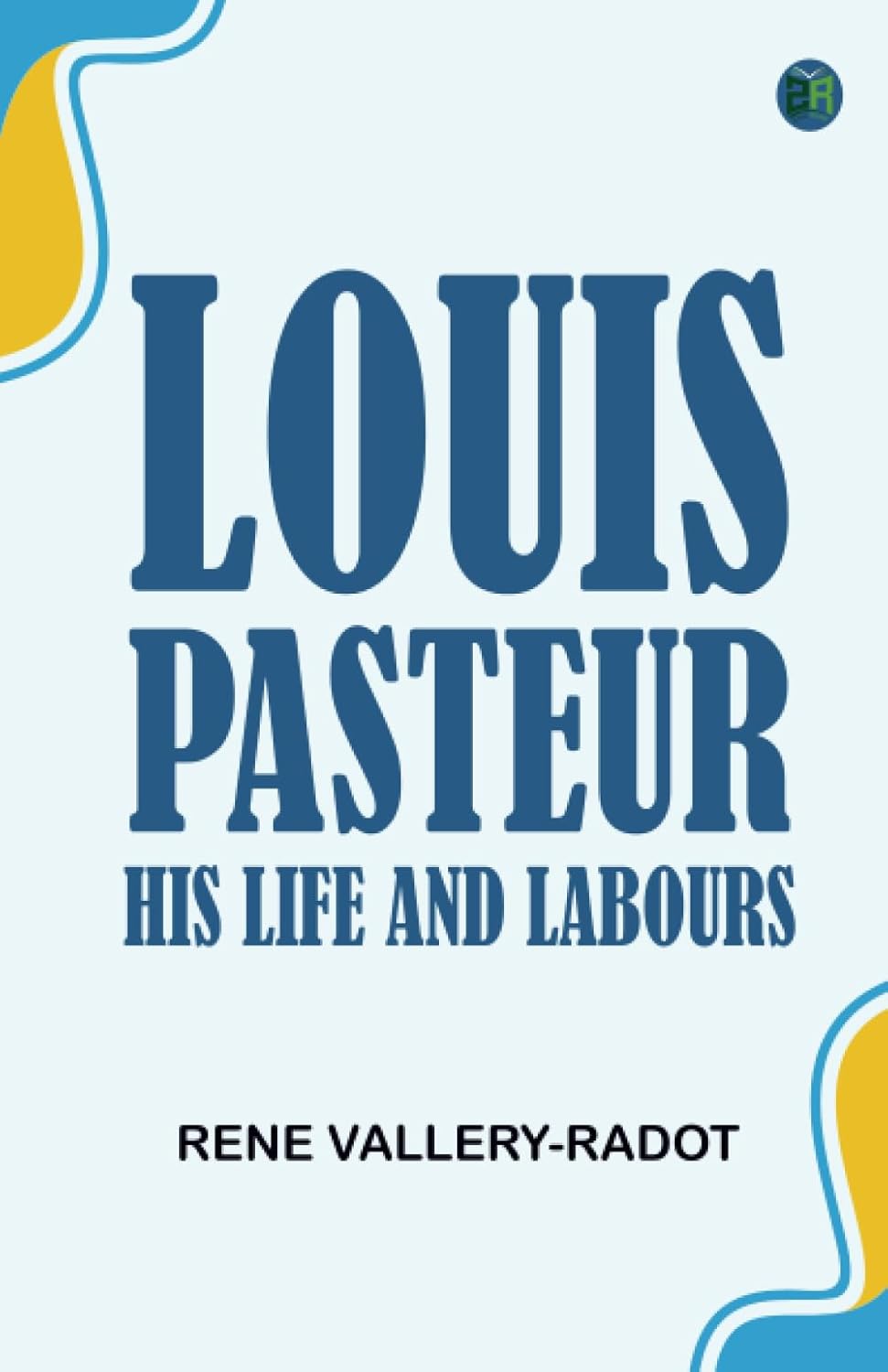
Pasteur tried several tests to prove that living things cannot create themselves from nonliving matter. He put boiled liquid into a special container and let warm air get inside. Then he sealed it, and no microorganisms grew in it. In another experiment, when he opened containers filled with boiled liquid, tiny particles of dust got into the flasks, causing some of them to grow microorganisms. But the more flasks that grew microorganisms, the higher up the altitude was. This showed that air at high elevations had fewer particles and less life in it. Pasteur also used special flasks filled with a liquid that could be fermented by microorganisms. Air got into the flasks through a curved tube that stuck dust particles to it. Nothing grew in the liquids unless the flasks were tilted, which made the liquid touch the dirty walls of the neck. This proved that the tiny living things growing in those broths came from outside, on the dust, rather than from the air itself or by magic.
Pasteur conducted several crucial experiments to disprove the theory of spontaneous generation. In 1881, he presented his research five times before the French Academy of Sciences and later published it in 1882 under the title Mémoire Sur les corpuscules organisés qui existent dans l’atmosphère: Examen de la doctrine des générations spontanées. Two years earlier, Pasteur had received the Alhumbert Prize. He stated that: The theory of spontaneous generation will never fully recover from this critical test. There is no documented case where tiny organisms can be shown to appear in the world without any germs or similar parents.
A disease was affecting silkworm farms in France and Europe in 1865, causing major problems for farmers. Jean-Baptiste Dumas, who was also a chemist, senator, and former Minister of Agriculture and Commerce, asked Pasteur to investigate this new disease. The disease, called pébrine, had distinctive black spots on silkworms that could be seen with the naked eye. Microscopically, it looked like tiny “Cornalia corpuscles”. As a result, Pasteur agreed to study the disease and made several extended visits to Alès between June 7, 1865, and 1869.
When Pasteur arrived in Alès, he got familiar with two main diseases affecting silkworms: pebrine and flacherie. Unlike some scientists who created new terms for these conditions, like Quatrefages, who called it pébrine, Pasteur mistakenly thought that both were the same disease. He even went so far as to believe that most of the other diseases affecting silkworms before then were actually the same as pebrine and flacherie. It wasn’t until he wrote letters on April 30th and May 21st, 1867, to his colleague Dumas, that Pasteur began to make a clear distinction between these two diseases.
He made another error: he started by claiming that pébrine was not caused by microorganisms, despite many experts, such as Antoine Béchamp, believing this to be true. A note published on August 27, 1866, by Balbiani seemed to have won Pasteur’s approval at first, but it didn’t change his opinion right away. Some people thought that Pasteur would only reconsider his views in 1867.
When Pasteur didn’t yet know what caused pébrine, he came up with a way to stop infections: he took a sample of chrysalises, crushed them, and looked for tiny particles called corpuscles in the crushed material. If the sample had too few of these tiny particles, it was considered suitable for breeding. This method is similar to one that Osimo had suggested earlier, but his experiments hadn’t been successful. By using this technique, Pasteur stopped pébrine from spreading and saved many silkworms in the Cévennes region.
Flacherie resisted an artwork called Portrait of Louis Pasteur by François Lafon in 1883.
Many years ago, at a big gathering for people who grew wheat, Pasteur said, “If flacherie is stopped from happening, it will still cause problems.” He thought this was because farmers had not listened to his advice on how to avoid it.
In 1884, Balbiani recognized the practical benefits of Pasteur’s research on silkworm diseases, even though he didn’t fully agree with its scientific value. He said that his own method had helped fix the problems caused by pébrine, but noted that this success was partly offset by another issue called flacherie, which was harder to stop.
Even though Pasteur had won against pébrine, French sericulture was still heavily damaged. Immunology and vaccination
Chicken cholera
Pasteur’s first work on making vaccines started with chicken cholera. He got the bacteria samples (later known as Pasteurella multocida) from Henry Toussaint. Due to a stroke in 1868, Pasteur couldn’t do the experiments himself, so he relied on his assistants Emile Roux and Charles Chamberland for help. The work on chicken cholera began in 1877, and by the next year, Roux was able to keep a stable culture using broths. As recorded later by Pasteur in his notebook in March of 1880, when Roux couldn’t return to the lab in October 1879 due to his daughter’s wedding and illness, he told Roux to start a new chicken cholera culture using old bacteria from July. Two chickens were inoculated with this new culture and showed some symptoms of infection, but instead of dying like they usually did, they recovered completely. After incubating the culture for 8 more days, Roux tried the same two chickens again. According to Pasteur’s notebook in March 1880, this time the chickens died. Although the weakened bacteria didn’t provide immunity, these experiments provided important clues on how to artificially weaken bacteria in a lab setting. As soon as Pasteur returned to the lab, the focus of his research shifted towards creating a vaccine through attenuation.
In February 1880, Pasteur shared his findings with the French Academy of Sciences about “virulent diseases, especially chicken cholera” and published them in the academy’s journal (Comptes-Rendus hebdomadaires des séances de l’Académie des Sciences). He believed that oxygen weakened bacteria. According to him, microorganisms kept inside sealed containers never lost their ability to cause illness, but only those exposed to air could be used as a vaccine. Pasteur introduced the concept of “attenuation,” or making microbes weaker by changing how they were grown. When he presented his idea before the academy, he explained: We can make microorganisms less deadly just by altering the way we grow them. This is where my main point comes in. For now, I’m asking the Academy not to question my methods, so I can continue my research without interference and ensure its success… [In conclusion] I’d like to highlight two significant outcomes from my discovery: the potential to culture all types of microbes and create vaccines for all infectious diseases that have plagued humanity, causing serious problems in agriculture and animal breeding.
Actually, the vaccine that Pasteur created against chicken cholera didn’t work very well to give people protection, and later studies showed it wasn’t effective at all.
After studying chicken cholera, Pasteur developed an immunization method that he used to create a vaccine for anthrax, which affected cattle. In 1877, he sent his laboratory workers to grow the bacteria from infected animal blood samples, following Robert Koch’s discovery of the bacterium earlier on.
In his laboratory, Louis Pasteur was working on an important discovery when it comes to animals and disease. If animals were infected with bacteria, they would get very sick and die from something called anthrax. This happened to many cattle in “cursed fields” where nothing seemed to be going right. People thought that sheep that died from anthrax should be buried in those same fields because it was a problem. Pasteur had an idea that earthworms might be the ones bringing the bad bacteria to the surface. He found out that his idea was correct when he discovered the bacteria in the poop of earthworms. This made him sure that his theory was right and he told farmers not to bury dead animals in those fields because it could make things worse.
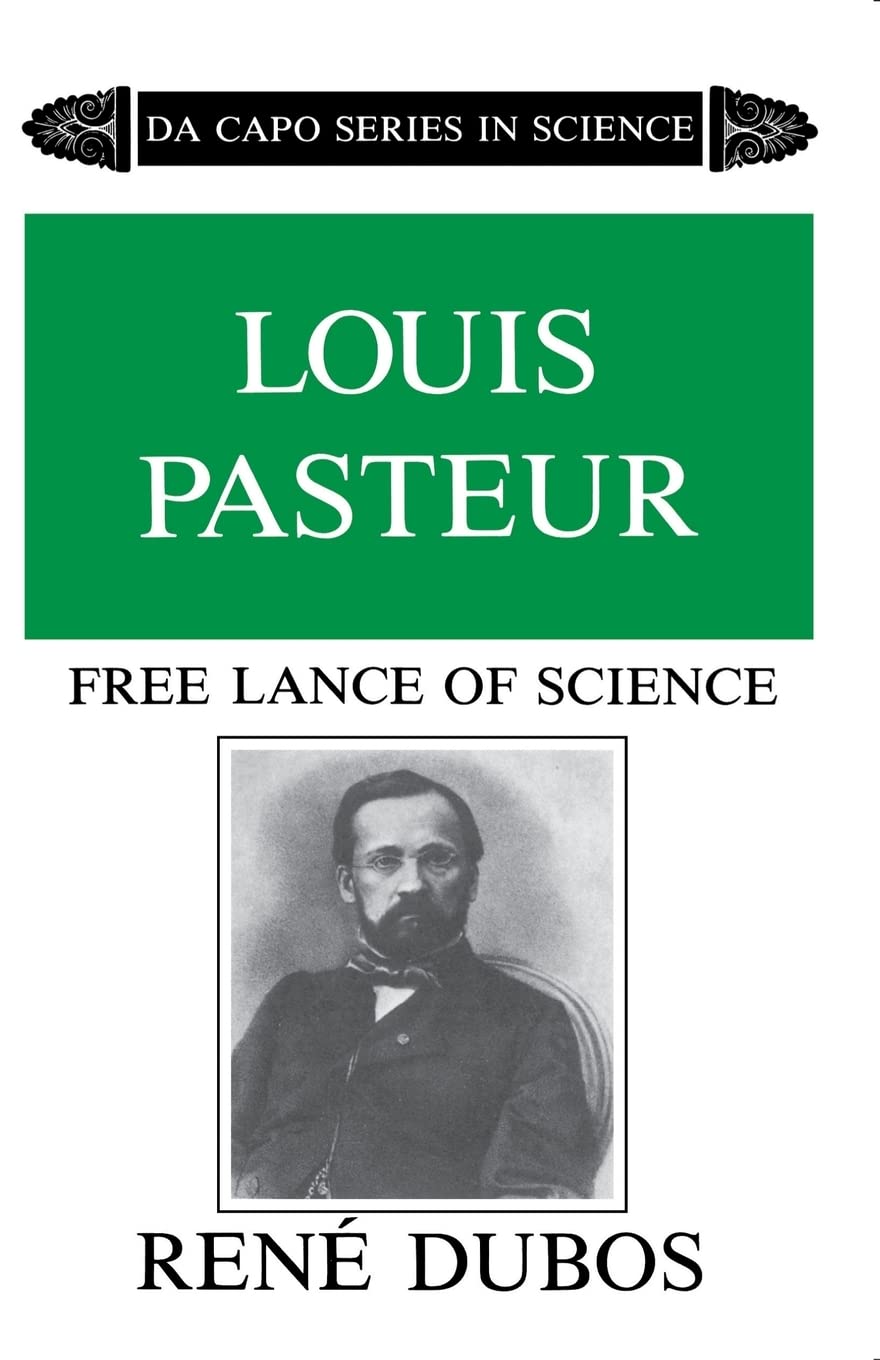
Pasteur’s curiosity about making an anthrax vaccine was sparked on July 12, 1880, when Henri Bouley shared news from Henry Toussaint, a veterinarian who had developed a vaccine but hadn’t officially published his work to the French Academy of Sciences. Toussaint had created his vaccine by killing the bacteria with heat at a temperature of 55°C for 10 minutes and tested it on eight dogs and 11 sheep – unfortunately, half of them died after receiving the inoculation. This initial attempt was not very successful. When Pasteur heard about this, he quickly wrote to the academy expressing his surprise that a vaccine made from dead bacteria could work and claiming that Toussaint’s discovery completely changed his understanding of viruses and vaccines. Following Pasteur’s criticism, Toussaint switched to using carbolic acid (phenol) to kill the anthrax bacteria and tested the new vaccine on sheep in August 1880.
However, Pasteur’s lab found that the anthrax bacillus wasn’t easily weakened by growing it in air because it produced spores – unlike chicken cholera bacillus. In early 1881, his team discovered that keeping anthrax bacilli at around 100°F (42°C) made them unable to produce those spores. He shared this discovery with the French Academy of Sciences on February 28. Later, on March 21, despite some mixed results, he announced successful vaccinations for sheep. This news sparked veterinarian Hippolyte Rossignol to suggest that an experiment be held by the Société d’agriculture de Melun to test Pasteur’s vaccine. Pasteur agreed to participate in the trial on April 28. The team led by Roux and Chamberland, who were tasked with conducting the trial, had doubts about the effectiveness of the weakened vaccine. To reassure everyone, Chamberland secretly created an alternative vaccine using chemicals instead. Without sharing their method with anyone else but Pasteur, Roux and Chamberland carried out the public experiment at Pouilly-le-Fort on May 1. Fifty-eight sheep, two goats, and ten cattle were used in the trial, with half of them receiving the vaccine on May 5 and 17. The other half didn’t receive anything. On May 31, Roux and Chamberland gave the animals a fresh dose of anthrax bacillus to see how they reacted. By June 2, when everyone gathered to observe the results, it was clear that Pasteur had predicted correctly: he said six vaccinated cows would be okay but four unvaccinated cows might get very sick or die. However, all the vaccinated sheep and goats survived while the unvaccinated ones were dying before anyone saw them. By June 13, Pasteur reported to the French Academy of Sciences that developing a vaccine against anthrax was a significant breakthrough – it was even better than Jenner’s first vaccine because it had never been proven experimentally.
Pasteur didn’t share the details on how he made the vaccines used in Pouilly-le-Fort. His report said it was a “live vaccine”, but his laboratory notes reveal that he actually created one using potassium dichromate, which was similar to another method developed by Chamberland and also similar to Toussaint’s way of making vaccines.
The idea that a mild form of a disease can create immunity against its more severe version was not a new concept; scientists had known this for centuries, even when it came to smallpox. When people got vaccinated with smallpox by getting infected with cowpox, they developed a much milder illness and died much less often than those who got the real disease naturally. By the late 1700s, Edward Jenner was studying how vaccination using cowpox could give people immunity against smallpox, and by the early 1800s, this practice had spread widely across Europe.
The main difference between getting vaccinated against smallpox and vaccines for anthrax or chicken cholera was that the organisms used for those vaccines had been deliberately made weaker, making it easier to find a weak form of the disease without having to search naturally. This discovery greatly improved work in treating infectious diseases, and Pasteur named these artificially weakened diseases “vaccines” as a tribute to Jenner’s earlier breakthrough.
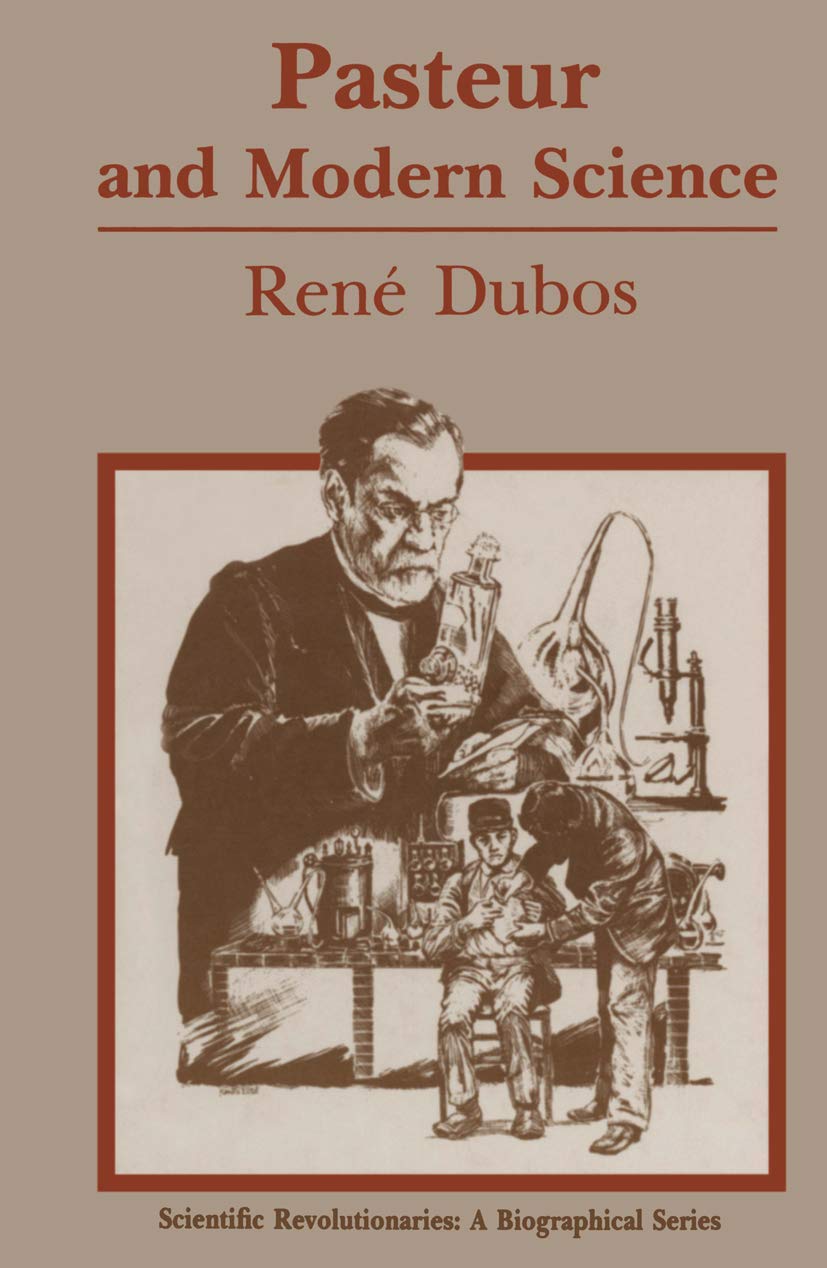
In 1876, German scientist Robert Koch had discovered that Bacillus anthracis was the cause of anthrax. Around the same time, French scientist Louis Pasteur published papers between 1878 and 1880 that mentioned Koch’s work in passing. The two scientists met at an international medical conference in 1881, which led to a disagreement. Shortly after, Koch wrote a letter criticizing Pasteur for using dirty cultures and making mistakes. In response, Pasteur gave a speech in 1882, and then Koch shot back with even stronger comments. Koch claimed that Pasteur had tested his vaccine on the wrong animals and that Pasteur’s research wasn’t done correctly. Later that year, Koch wrote an article called “On the Anthrax Inoculation”, where he argued against some of Pasteur’s conclusions about anthrax and criticized Pasteur for keeping his methods secret. He also accused Pasteur of jumping to conclusions and being too vague.
In 1883, Pasteur countered by saying that he had prepared his cultures using a similar method as the successful fermentation experiments he did earlier, but Koch had misinterpreted some statistics and ignored Pasteur’s work on silkworms.
In 1882, Louis Thuillier was sent to southern France by Pasteur because of a major outbreak of swine erysipelas. Thuillier found out what kind of germ caused the disease in March 1883. Then, Pasteur and Thuillier tested how strong the germ was by sending it through pigeons. Next, they tried it on rabbits, which made the germ weaker, but helped them create a vaccine. However, Pasteur and Thuillier described the germ incorrectly as having an eight-shaped figure. Later, Roux figured out that the actual shape of the germ was like a stick.
The world was not ready for Louis Pasteur’s groundbreaking work on rabies, but his assistant Roux was eager to help. In his laboratory, they developed a method to grow the virus in rabbits and then weaken it by drying affected nerve tissue. This technique led to the creation of a killed vaccine that was tested on 50 dogs before its first human trial. When Joseph Meister, just 9 years old, was bitten by a rabid dog, Pasteur decided to help him despite not being licensed as a doctor and risking prosecution. With the advice of other physicians, he proceeded with treating Meister over 11 days, using viruses that had been weakened for shorter periods each time. Three months later, Meister was healthy again, and Pasteur’s hero status was cemented. Analysis of his notes revealed that Pasteur had treated two people before Meister – one survived, but it’s unclear if the other actually had rabies, while the second died from the disease. Pasteur then helped Jean-Baptiste Jupille in October 1885 and achieved success. Later that year, more than four children from the United States visited Pasteur’s laboratory to receive inoculations. By 1886, he had treated over 350 people, with only one developing rabies. This breakthrough paved the way for the creation of many other vaccines and led to the establishment of the first Pasteur Institutes.
In The Story of San Michele, Axel Munthe describes some of the risks scientist Louis Pasteur took while researching the rabies vaccine. Pasteur was incredibly brave and willing to do whatever it took to get the job done. I once saw him carefully hold a glass tube between his lips and draw a few drops of saliva from the mouth of a very sick dog, which was held on a table by two assistants wearing special gloves to protect their hands.
Thanks to his studies on germs, Pasteur told doctors that they should thoroughly clean their hands and equipment before performing surgery. Before then, not many doctors or their helpers made this practice part of their work routine. People like Ignaz Semmelweis and Joseph Lister had already tried washing their hands in medical settings as far back as the 1860s.
Controversies Even when he was famous, at age 55 in 1878, Pasteur didn’t want anyone to know about his laboratory notebooks. He asked his family never to show them to anyone, and they respected him. This kept many parts of his research secret until a long time later. In 1964, Pasteur’s grandson, who was the last man in the family, gave some papers to the French national library. However, these papers were only allowed for historical study until his death in 1971. It wasn’t until 1985 that the documents got their own special number so researchers could study them properly.
In 1995, a scientist historian named Gerald L. Geison wrote about Pasteur’s private notes for his book The Private Science of Louis Pasteur. He said that Pasteur often gave false information and tricked people about his most important discoveries. Max Perutz wrote an article defending Pasteur in The New York Review of Books. Further studying Pasteur’s documents led French scientist Patrice Debré to write a book called Louis Pasteur (published in 1998), which said that despite being very smart, Pasteur had some flaws. A review of Debré’s book says he sometimes thinks Pasteur was unfair, stubborn, and not nice about his attitude, and that he could be inflexible and too rigid.
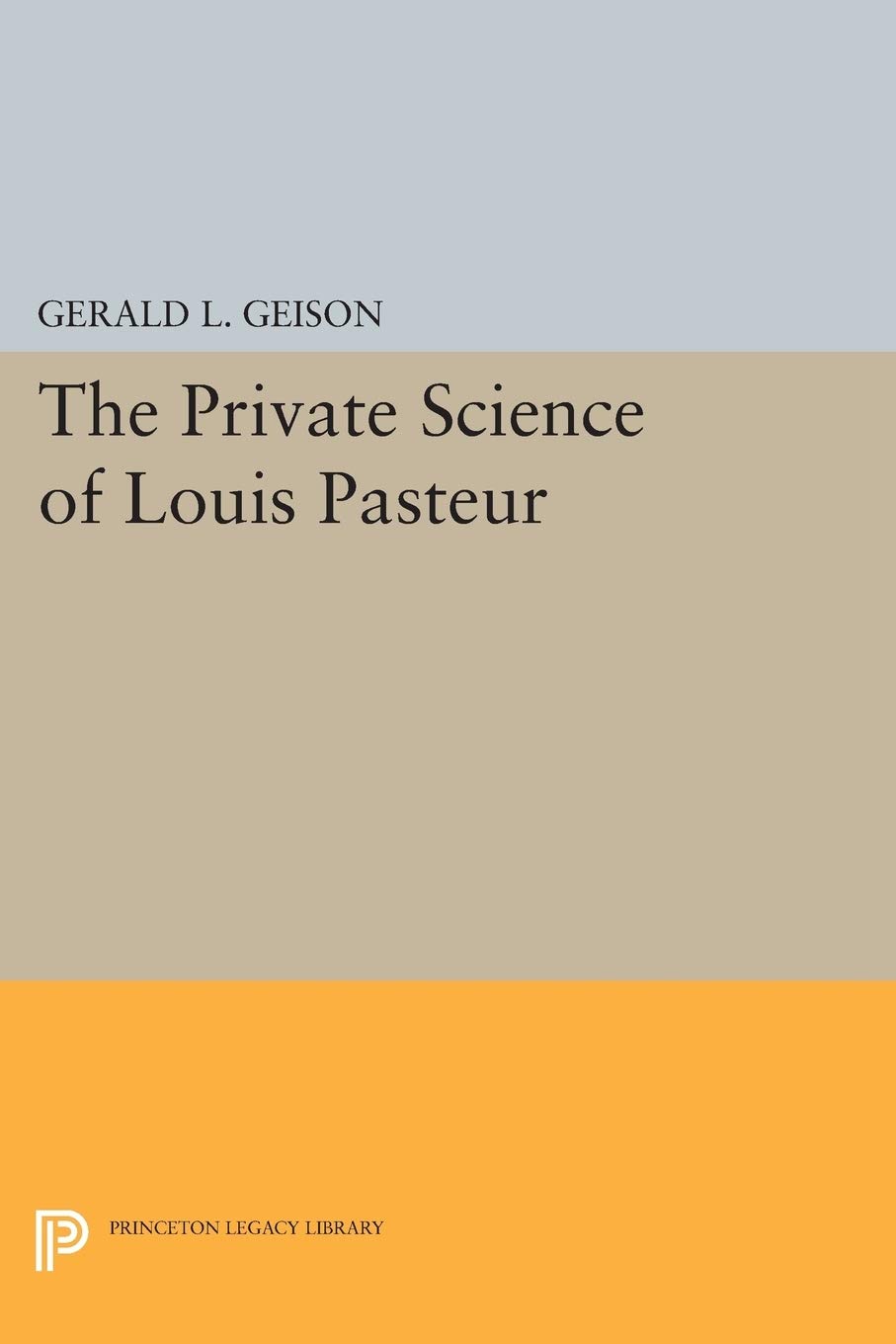
Scientists studying fermentation before Louis Pasteur were already exploring this process in the 1830s. Three scientists, Charles Cagniard-Latour, Friedrich Traugott Kützing, and Theodor Schwann, used special tools called microscopes to study tiny living things called yeasts. They discovered that these yeasts were actually living organisms. Later, in 1839, three other researchers, Justus von Liebig, Friedrich Wöhler, and Jöns Jacob Berzelius, found out that yeast wasn’t a living thing at all. Instead, they believed it was made when air touched plant juice.
In 1855, Antoine Béchamp, a chemistry professor at the University of Montpellier, tested solutions containing sucrose and discovered that water was the key factor that caused fermentation. Later, in 1858, he changed his opinion, saying that fermentation was actually connected to the growth of mold. He claimed this because mold needed air to grow, which led him to believe he had shown for the first time how tiny living things contributed to fermentation.
In 1857, Pasteur began his experiments and later shared his results in the April 1858 issue of Comptes Rendus Chimie. Around the same time, Béchamp’s own research on the topic was published in January. It appears that Béchamp didn’t introduce any new ideas or methods that Pasteur hadn’t already explored in earlier preliminary work. However, it is likely that Béchamp had been aware of Pasteur’s 1857 studies beforehand. This led to a long-standing dispute between the two scientists over who should be credited with the discovery.
However, Béchamp was on the losing side when it came to recognition, according to the BMJ obituary. His name was linked to past debates about who had come up with ideas first that it would be pointless to bring up again. Béchamp suggested a theory about tiny cells that turned out to be wrong. Some people, like K. L. Manchester, think that anti-animal testing groups and those who prefer alternative treatments unfairly supported Béchamp’s idea, claiming that Pasteur had copied his work without permission.
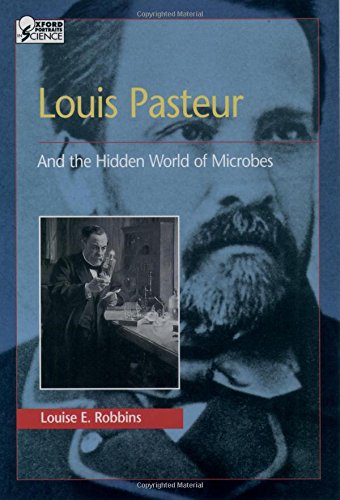
Pasteur thought that adding succinic acid to sucrose would turn it into a different sugar. However, in 1860, scientist Marcellin Berthelot figured out that this didn’t actually happen. Pasteur believed that only living things could cause fermentation to occur. He and Berthelot got into a long disagreement about whether nonliving things had a special life force or energy called vitalism. Berthelot strongly disagreed with the idea of vitalism, thinking it was impossible. Later on, scientist Hans Buchner found out that a mixture of enzymes could help fermentation happen, showing that tiny helpers inside living cells made it possible. Meanwhile, Eduard Buchner also discovered that fermentation could occur even when the cells were not present.
Pasteur claimed to have created the first successful anthrax vaccine in 1881, but actually, it was Henry Toussaint who developed the initial vaccine. In 1879, Toussaint isolated the bacteria that causes chicken cholera and shared his findings with Pasteur, which he then used for his own research. On July 12, 1880, Toussaint presented his results to the French Academy of Sciences using an anthrax vaccine on dogs and sheep that was weakened enough not to cause illness. However, when Pasteur learned about this discovery, he felt jealous and contested it by displaying his own vaccination method at Pouilly-le-Fort on May 5, 1881. To make himself look more accomplished, Pasteur gave a false account of how he created the anthrax vaccine, saying it was “live” when in reality he had used potassium dichromate to kill off the anthrax spores – a similar method used by Toussaint. The promotional experiment worked well and helped Pasteur sell his products, earning him the benefits and recognition he wanted.
Experimental ethics are often questioned when it comes to Louis Pasteur’s experiments, especially when it involves vaccinating a boy named Meister. What’s surprising is that Pasteur had no experience working in the medical field and didn’t even have a medical license. This lack of qualifications raised serious concerns about his professional reputation and personal integrity. His closest colleague, Émile Roux, who was well-qualified to practice medicine, refused to participate in the trial because he thought it was unfair. However, Pasteur still went ahead with the vaccination under close observation by experienced doctors Jacques-Joseph Grancher and Alfred Vulpian, who were part of a committee that dealt with diseases like rabies. Even though Pasteur wasn’t allowed to handle the syringe himself, he supervised the entire process and had Grancher administer the injections instead. It was actually Grancher who stood up for Pasteur at a meeting of the French National Academy of Medicine in his defense.
Pasteur has faced criticism for keeping his method confidential and not conducting thorough animal tests beforehand. He claimed that keeping his procedure secret was necessary to ensure its accuracy. However, he eventually shared it with a small team of scientists. Pasteur revealed that he had already tested his vaccine on 50 sick dogs before using it on Meister. According to Geison, Pasteur’s laboratory journals actually show that he had only vaccinated just 11 dogs.
Meister didn’t display any signs of having rabies, and it’s unclear if the vaccine was actually responsible. Some studies suggest that there’s only a 10% chance Meister might have gotten infected with the disease.
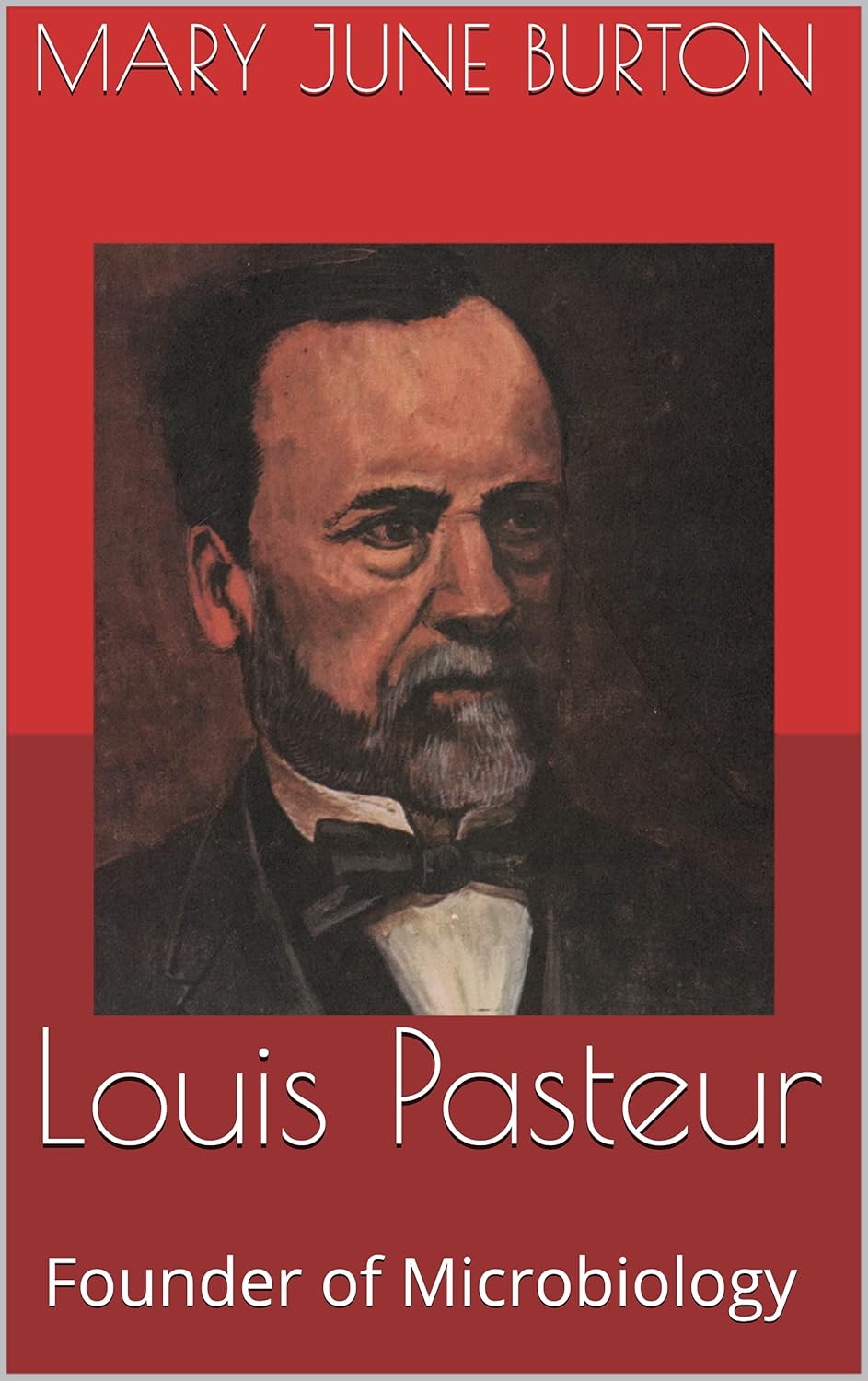
Pastor received a prize of 1,500 francs from the Pharmaceutical Society in 1853 for developing a special type of acid called racemic acid. In 1856, he was honored by the Royal Society of London with two prestigious awards: the Rumford Medal for his groundbreaking work on racemic acid and its connection to light, as well as the Copley Medal in 1874 for his research on fermentation. Pastor became a member of the Royal Society’s Foreign Section in 1869.
In 1860, Pasteur received the prestigious Montyon Prize from the French Academy of Sciences for his groundbreaking work on experimental physiology. Two years later, he won the Jecker Prize in 1862 for proving that spontaneous generation does not occur. He also gained recognition by winning the Alhumbert Prize in 1862 for his experiment refuting spontaneous generation. Despite failing to join the academy as a member twice – in 1857 and again in 1861 – Pasteur successfully joined the mineralogy section in 1862. In 1887, he became the permanent secretary of the physical science section at the academy, holding this position until 1889.
In 1873, Pierre Pasteur was chosen as a member of the National Academy of Medicine, which led to him being appointed as a commander in the Order of the Rose in Brazil. A year later, he was elected to fill a vacant seat at the French Academy of Arts, replacing Émile Littré. In 1882, Pasteur received an award from the Royal Society of Arts for his outstanding work. He became a foreign member of the Royal Netherlands Academy of Arts and Sciences in 1883. Two years later, he was invited to join the American Philosophical Society. On June 8, 1886, Ottoman Sultan Abdul Hamid II honored Pasteur with the Order of Medjidie, a prestigious award worth 10,000 Ottoman liras. Pasteur won another notable prize from the University of Edinburgh in 1889 for his medical research. In 1895, he was awarded the Leeuwenhoek Medal by the Royal Netherlands Academy of Arts and Sciences for his groundbreaking work in microbiology.
Pasteur received a special award called Chevalier of the Legion of Honour in 1853. Later, he was promoted to a higher rank as an Officer in 1863. He continued to rise through the ranks and became Commander by 1868. In 1878, Pasteur was given even greater respect with the title of Grand Officer. Finally, in 1881, he received the highest award of all, called a Grand Cross of the Legion of Honour.
Pasteur Street in Da Nang, Vietnam, and Pastera Street in Odesa, Ukraine
The main article: List of things named after Louis Pasteur
Many streets around the world have been named after Louis Pasteur because he was an important scientist. For example, in California, US, there are streets called Palo Alto and Irvine, which is near a big university; in Florida, they have streets called Boston and Polk, close to another university; Jonquière, Quebec, in Canada has a street with his name too; San Salvador de Jujuy and Buenos Aires in Argentina also have streets named after him. In the UK, there are streets like Great Yarmouth and Jericho, while in Australia, it’s Wulguru and some streets in Queensland. There are also places in Cambodia, Vietnam (like Ho Chi Minh City), Algeria, Indonesia, Iran, Poland, Romania, and Italy that have streets named after him.
Some of these cities kept the French name of their street when they became part of a new country or city, like Avenue Pasteur in Saigon, Vietnam. In Boston’s Longwood Medical and Academic Area, there is an “Avenue” before his name, which shows respect for France.
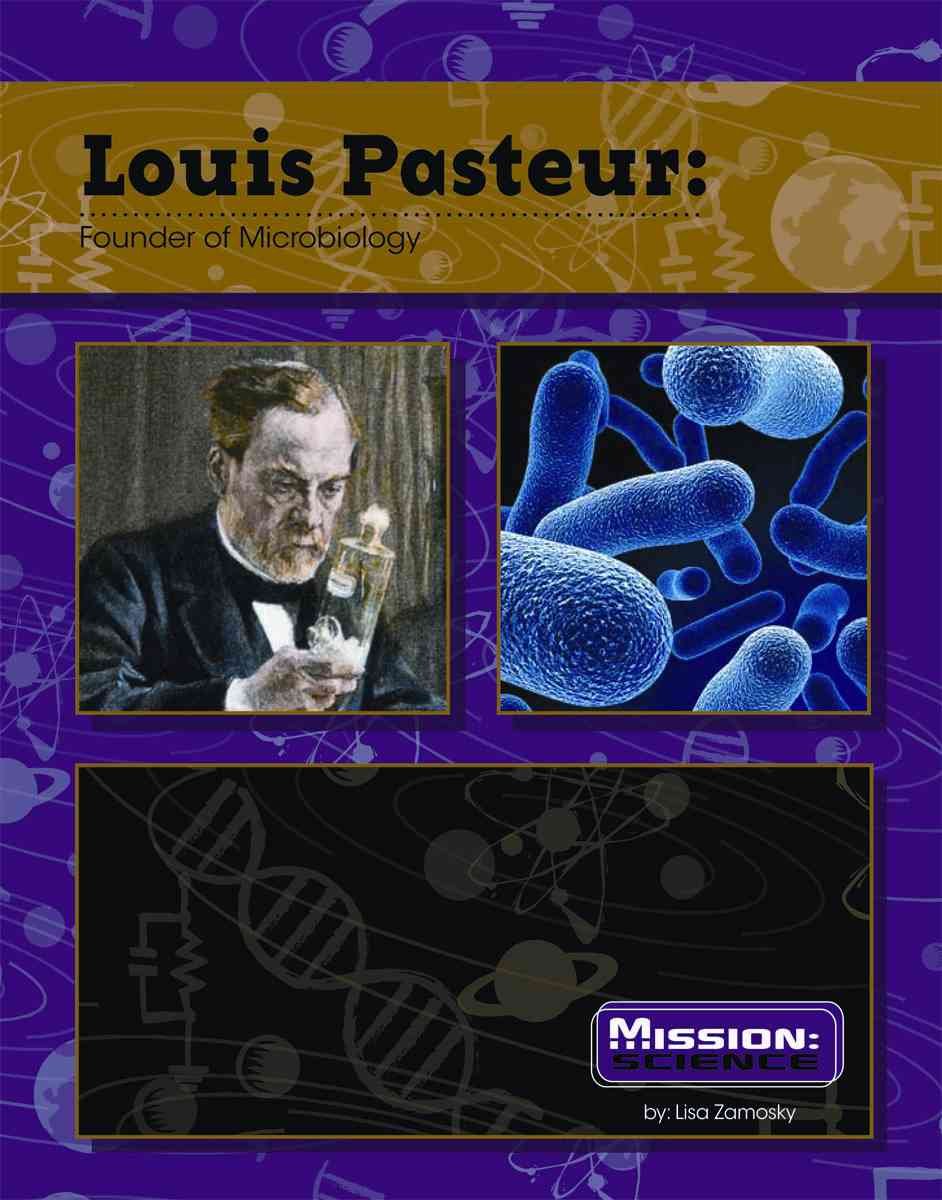
Several institutions around the world have been named after famous scientist Louis Pasteur. The Institut Pasteur and Université Louis Pasteur in France are two examples. In Canada, schools like Lycée Pasteur in Calgary, Alberta, and Lycée Louis Pasteur in another city carry his name. In South Africa, hospitals such as Louis Pasteur Private Hospital in Pretoria and Life Louis Pasteur Private Hospital in Bloemfontein were named after him. A university hospital called Louis Pasteur University Hospital is also located in Slovakia.
Louis Pasteur University Hospital in Košice, Slovakia has a memorial to celebrate its founder. In California, there’s a statue of Louis Pasteur at San Rafael High School. A bronze figure of him sits on the French section of Kaiser Permanente’s hospital in San Francisco. The sculpture was made by Harriet G. Moore and molded into shape by Artworks Foundry back in 1984.
The UNESCO/Institut Pasteur Medal was established 100 years after Pasteur’s passing. It is awarded every two years to honor outstanding scientific achievements that improve people’s lives.
French Academician Henri Mondor once said that Louis Pasteur was not a doctor or surgeon but made huge contributions to medicine and surgery. The Pasteur Institute
Main article: Pasteur Institute
After creating the rabies vaccine, Pasteur proposed setting up an institute for it. In 1887, fundraising started for the Pasteur Institute with donations from many countries. The official rules were registered in 1887, stating that the institute’s goals were to treat rabies using Pasteur’s method and study viruses and contagious diseases. On November 14, 1888, the institute officially opened. Pasteur brought together scientists with different areas of expertise. The first five departments were led by two graduates from the École Normale Supérieure: Émile Duclaux (studying general microbiology) and Charles Chamberland (studying microbes for hygiene), along with a biologist named Élie Metchnikoff (researching microbe shapes) and two doctors, Jacques-Joseph Grancher (rabies treatment) and Émile Roux (technique research). One year after the institute’s opening, Roux introduced the world’s first microbiology course, called Microbie Technique. Since 1891, the Pasteur Institute has expanded to other countries and now has 32 institutes in 29 countries around the world.

Life with family
In 1849, Louis Pasteur married Marie Laurent, whose father was a university rector. She helped him with his work and became his partner both personally and professionally. Together, they had five children, but sadly three of them passed away while still young. Their eldest daughter, Jeanne, was born in 1850. Sadly, she died from typhoid fever at just 9 years old when she was at a boarding school called Arbois in 1859. Two years later, when Camille was only 2 years old, he got sick with a liver tumor and didn’t survive. Shortly after that, the family decided to take their youngest daughter Cécile home from her boarding school, but unfortunately she also died of typhoid fever on May 23rd, 1866, at just 12 years old. Only two of their children, Jean Baptiste and Marie Louise, grew up to be adults. Jean Baptiste later became a soldier during the Franco-Prussian War between France and Prussia.
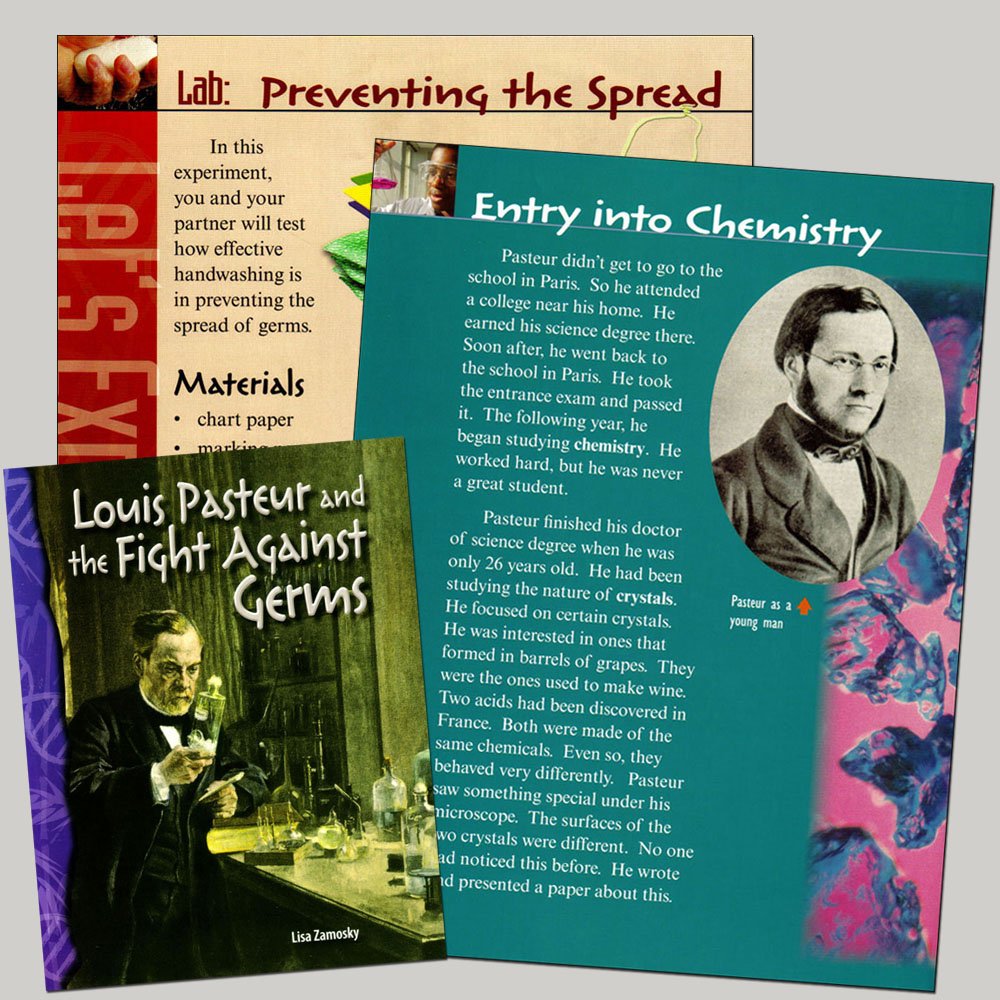
Pasteur’s faith and spirituality were shaped by his personal beliefs. According to his grandson Louis Pasteur Vallery-Radot, Pasteur had retained only the non-religious aspects of Catholicism, but never lost touch with his spiritual side. Many people who knew him, however, believed that he remained deeply committed to Christianity throughout his life. His son-in-law also wrote about these beliefs in a biography: For Pasteur, faith in God and eternity was fundamental, and he was convinced that the positive force in this world would continue beyond it. These core values stayed with him throughout his life; he had always been guided by the moral principles of Christianity. Although he showed great respect for the traditional religion practiced by his ancestors, he approached it with an open mind, seeking spiritual support during his final weeks on earth.
A newspaper called The Literary Digest published on October 18, 1902, quoted Pasteur as saying that people in the future will think modern philosophers who focus only on material things are silly. The more I learn about nature, the more I’m in awe of how amazing God’s creation is. While working in my lab, I pray to thank God for letting me be a part of His work.
Maurice Vallery-Radot, who came from a family connected to Pasteur’s family, believed that Pasteur stayed true to his Catholic faith throughout his life. Both Pasteur Vallery-Radot and Maurice Vallery-Radot think that a famous quote attributed to Pasteur is not genuine: “The more I learn, the closer my faith gets to that of a simple Breton peasant. If I knew everything, I’d have the same faith as a Breton peasant’s wife”. According to Maurice Vallery-Radot, this fake quote first appeared after Pasteur’s death. Despite believing in God, it is claimed that his views were more like those of a free thinker rather than a devout Catholic, who believed in the spiritual side of things. He also opposed mixing science with religion.
In 1868, Pasteur suffered a major brain attack that left half of his body paralyzed, but he made a full recovery. However, a stroke or kidney failure in 1894 severely weakened his health. Despite efforts to recover, Pasteur passed away on September 28, 1895, near Paris. He received an official state funeral and was initially buried in the Notre Dame Cathedral, but his remains were later moved to the Pasteur Institute in Paris, where they were placed in a special vault adorned with images of his achievements from ancient times.
As an Amazon Associate, I earn from qualifying purchases.
- 19th Century (16)
- 19th Century Inventors (16)
- 20th Century (1)
- 20th Century Inventors (1)
Leave a Reply